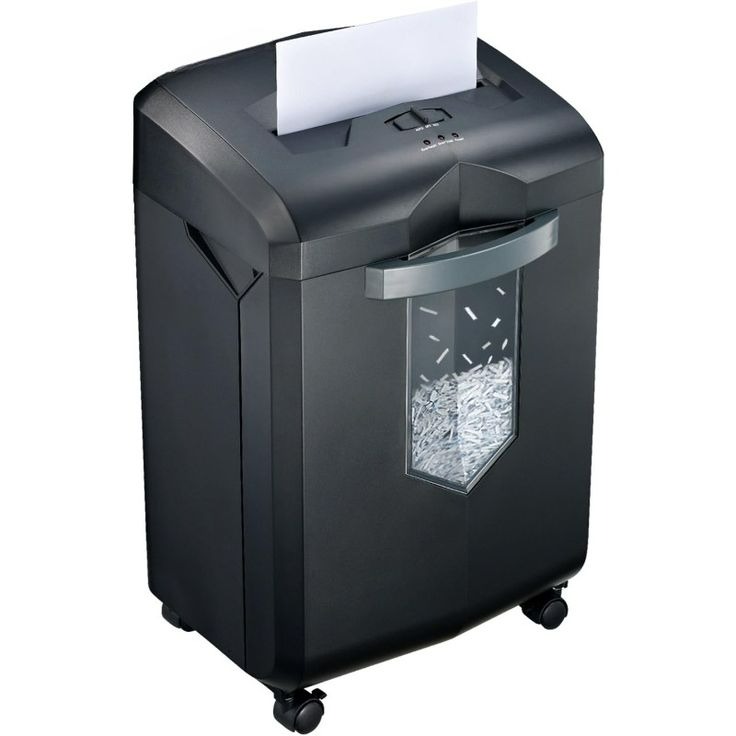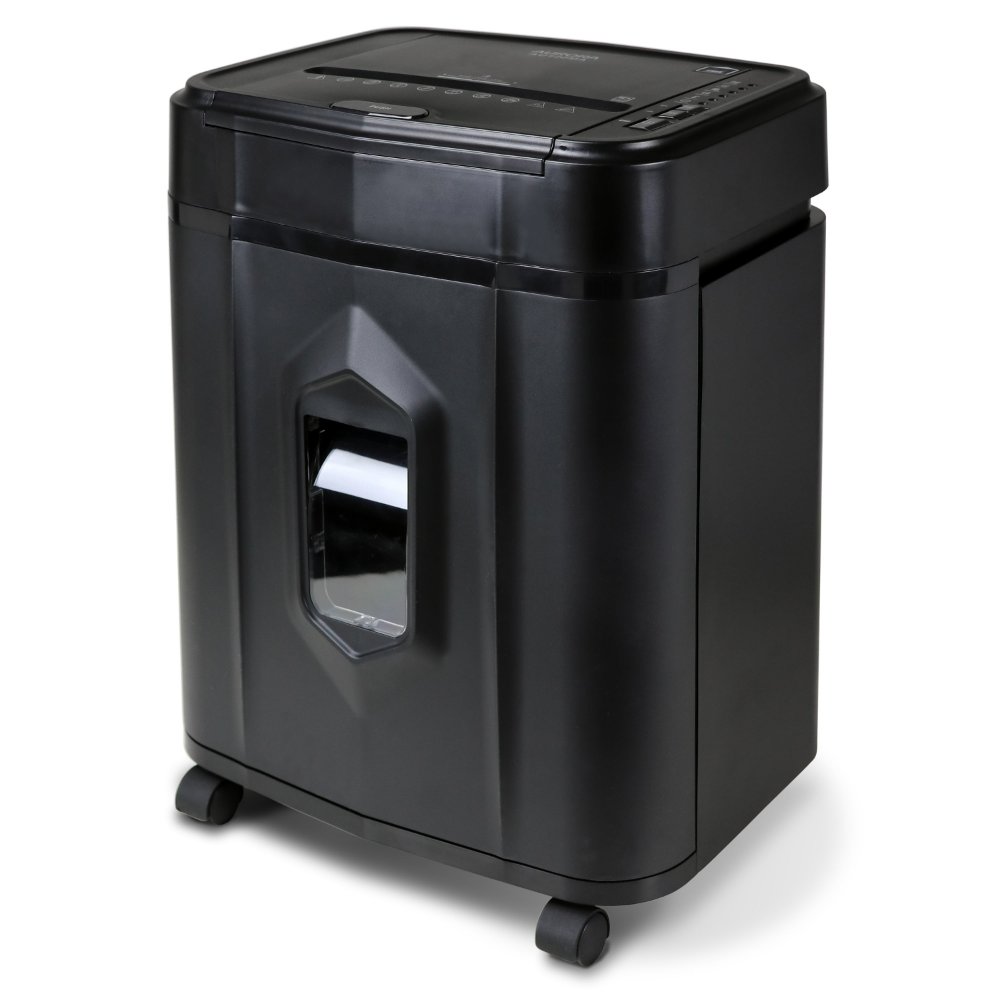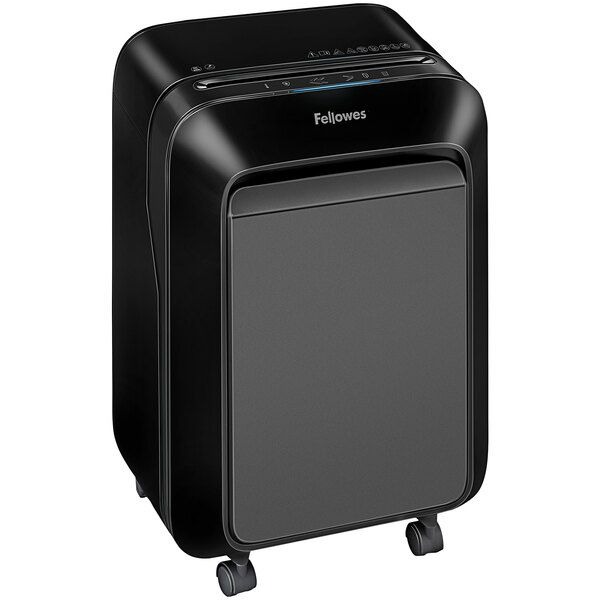Importance of Shredding Paper
In today’s digital age, shredder paper machines play a critical role in protecting sensitive information. Despite the move towards paperless environments, many documents still exist in physical form. These documents can contain personal details, financial data, and confidential business information. Shredding paper helps prevent identity theft, fraud, and data breaches. Firms, both big and small, rely on shredding to protect their interests and comply with privacy laws.
Types of Documents to Shred
The types of documents to shred include bank statements, employee records, and confidential memos. You should also destroy old tax returns, invoices, and legal documents. Any paperwork with personal details, account numbers, or signatures falls into this category. It is better to shred them than to risk having them fall into the wrong hands.
Benefits of Secure Document Destruction
Secure document destruction offers multiple benefits. It preserves privacy and maintains compliance with laws like HIPAA and GDPR. It also clears clutter from offices, creating more space and a better work environment. Firms that practice secure document disposal show clients that they value and protect their privacy. These practices, in turn, enhance the company’s reputation for trustworthiness and reliability.

Features of High-Efficiency Shredder Machines
To maximize efficiency, understanding the features of high-efficiency shredder paper machines is essential. These features determine how well a shredder will meet your specific needs for security, speed, and volume of shredding.
Cross-cut vs. Strip-cut Shredders
Two popular shredder types are cross-cut and strip-cut. Cross-cut shredders slice papers both horizontally and vertically, producing small particles. They offer better security by making documents harder to reassemble. On the other hand, strip-cut shredders slice papers into long, narrow strips. They shred faster but provide less security than cross-cut shredders. When choosing between the two, consider what you are shredding and the level of security needed.
Security Levels and Standards
Shredders are also classified by security levels, which are defined by the size of the shredded particles. Higher security levels, such as P-5, P-6, or P-7, create very small particles and are suitable for destroying top-secret documents. Various standards, including DIN and ISO/IEC, specify these levels. It’s vital to select a shredder that adheres to required security standards, especially when dealing with sensitive data.
Factors Affecting Shredder Machine Efficiency
To get the most out of a shredder paper machine, it is crucial to understand the factors that can influence its efficiency. Efficiency is not only about how fast the machine can shred documents but also its long-term performance and dependability. Let’s examine two of the key factors: maintenance best practices and user operating techniques.
Maintenance Best Practices
Regular maintenance is vital for the optimal performance of a shredder paper machine. Here are a few best practices to keep in mind:
- Clean the blades after significant use to maintain sharpness and prevent jams.
- Lubricate the shredder regularly to ensure smooth operation and to prolong its lifespan.
- Empty the bin before it reaches capacity to avoid overworking the machine.
- Check for worn-out parts and replace them timely to prevent abrupt malfunctions.
By following these maintenance tips, you can significantly boost the efficiency of your shredder.
User Operating Techniques
How users operate the shredder paper machine also impacts its efficiency. Here are some techniques to optimize performance:
- Avoid feeding in more sheets than the shredder’s maximum capacity.
- Remove staples and paper clips to prevent blade damage.
- Alternate between heavy shredding and lighter tasks to give the machine a break.
- Use the recommended setting for each shredding job to avoid unnecessary wear and tear.
Adopting these user techniques will help maintain your shredder’s efficiency and extend its service life.

Optimizing Throughput for Large Volume Shredding
When handling large volumes of documents, the key is to optimize throughput. This requires a shredder paper machine that can continually operate at high capacity without compromising security or efficiency.
Choosing the Right Machine for Your Needs
The selection of the appropriate shredder paper machine is crucial. For large volume shredding, a high-capacity machine that can handle heavy loads is necessary. Look for machines that specify ‘heavy-duty’ or ‘commercial-grade’ to ensure they are capable of the required workload. Moreover, consider the speed of shredding and the bin size, which should both align with the quantity of shredding you anticipate. Lastly, it’s important to select a machine with a security level that meets your company’s data protection policies.
Efficient Shredding Process Strategies
Beyond the machine, having efficient shredding process strategies in place is paramount. Batch your documents to maximize the shredder’s feed rate without exceeding it. Encourage your staff to prepare documents properly by removing non-shreddable items to avoid jams. Schedule shredding tasks strategically throughout the day to give the machine time to cool down, preventing overheating and extending its lifespan. By implementing these strategies, you’ll maintain a high level of productivity and keep your shredder paper machine running smoothly.
Minimizing Downtime
Ensuring that your shredder paper machine is always operational is key to maintaining productivity. Downtime can be costly, both in terms of time and resources. To minimize disruptions, focusing on prevention and quick resolution of issues is crucial. Identify the common problems that can halt operations and be proactive in maintaining the equipment.
Troubleshooting Common Issues
Problems with shredder paper machines can range from paper jams to motor issues. Here are steps to troubleshoot common issues:
- Check for overfed paper and clear any jams immediately.
- Listen for unusual noises which might indicate a need for maintenance.
- Regularly inspect and clean the waste bin sensors to ensure they work properly.
- Monitor the machine for overheating and allow it to cool down when necessary.
By addressing these common problems promptly, you can reduce downtime significantly.
Scheduling Regular Service Checks
In addition to dealing with immediate issues, scheduled service checks are vital. These checks should include:
- Verifying blade sharpness and scheduling sharpening if needed.
- Checking and replacing worn-out parts like gears and belts.
- Ensuring electrical components are functioning correctly.
- Lubricating moving parts to prevent wear and tear.
With regular service checks, you can catch potential problems early and keep your shredder paper machine in top condition.

Environmental Considerations
With the continuous focus on sustainability, incorporating environmental considerations into the use of shredder paper machines is becoming increasingly important. Taking steps to ensure that shredding practices align with eco-friendly principles can add value to a company’s green credentials and positively impact the environment.
Recycling Shredded Paper
Shredding paper doesn’t have to be the end of its life cycle. By recycling shredded paper, companies can contribute to environmental conservation. Depending on the security level of the shredded material, it can be sent to recycling centers. Here are some guidelines to help you recycle shredded paper responsibly:
- Confirm with local recycling programs if shredded paper is accepted.
- Bag shredded paper separately if required by the recycling facility.
- Avoid shredding paper that is coated or contains adhesive, as it might not be recyclable.
Incorporating recycling into the document destruction process can support waste reduction initiatives and sustainability goals.
Energy-Efficient Shredder Options
Selecting shredder paper machines that are energy efficient can reduce the carbon footprint of shredding operations. Look for shredders with features like auto shut-off capabilities, which power down the machine when not in use, and energy-saving modes that minimize power consumption. Additionally, energy-efficient shredders may have better design and quality parts, contributing to lower energy usage overall and supporting a greener office environment.
When choosing a shredder, consider its energy rating and whether it fits with your organization’s commitment to sustainability. Through eco-conscious choices, businesses can provide secure document destruction while also caring for the planet.
Safety Measures for Shredder Operation
Ensuring safety is a top priority when operating shredder paper machines. Accidents can occur if proper precautions are not taken. It’s important to have clear safety measures in place to protect employees and prevent injuries. Here’s how you can secure the operation of your shredder paper machine.
Training Employees on Safe Usage
Educating staff on safe shredder use is a must. Offer regular training sessions on proper techniques and safety practices. Emphasize the importance of feeding paper correctly to avoid jams and potential hazards. Highlight the risk of loose clothing or jewelry getting caught in the machine. Make sure employees know how to turn off the shredder in an emergency. Safe operation should be everyone’s responsibility in the workplace.
Implementing Safety Protocols
Beyond training, setting up safety protocols is key. Place safety instructions near the shredder paper machine. Require the use of safety guards and check they are in place before use. Set clear rules about what can and cannot be shredded. Include safety checks in regular maintenance routines to catch possible issues. Respond swiftly to any reported malfunctions or safety concerns. With these protocols, the risk of accidents can be reduced.